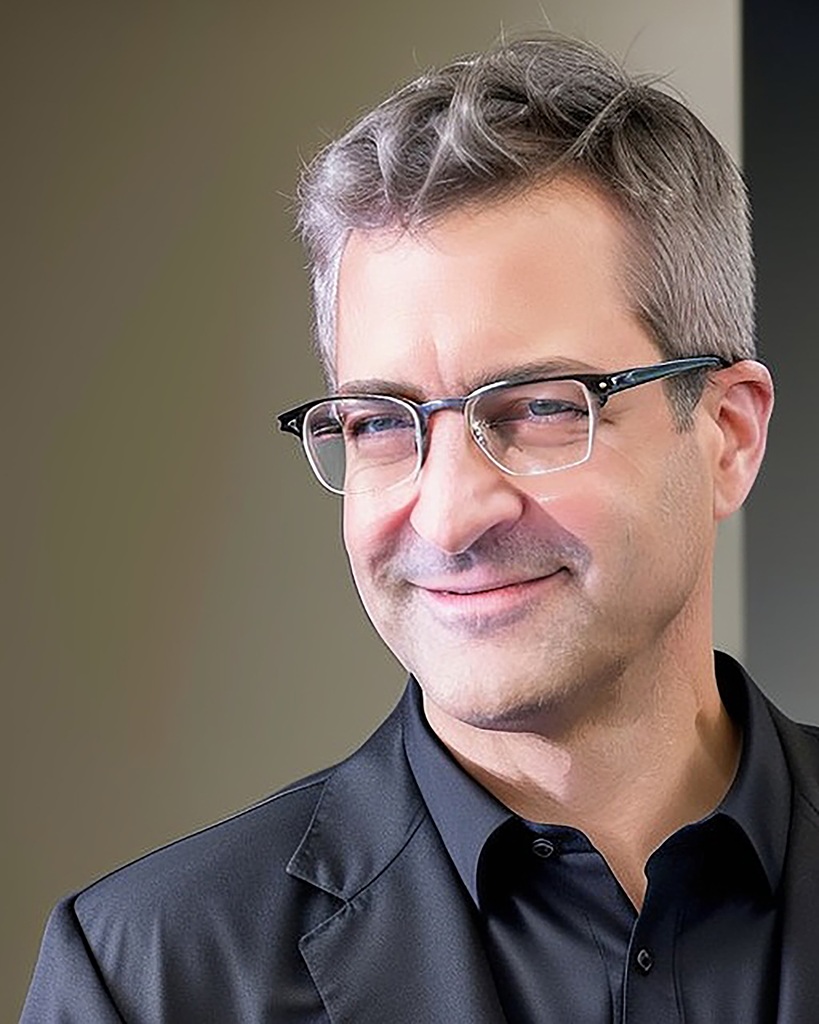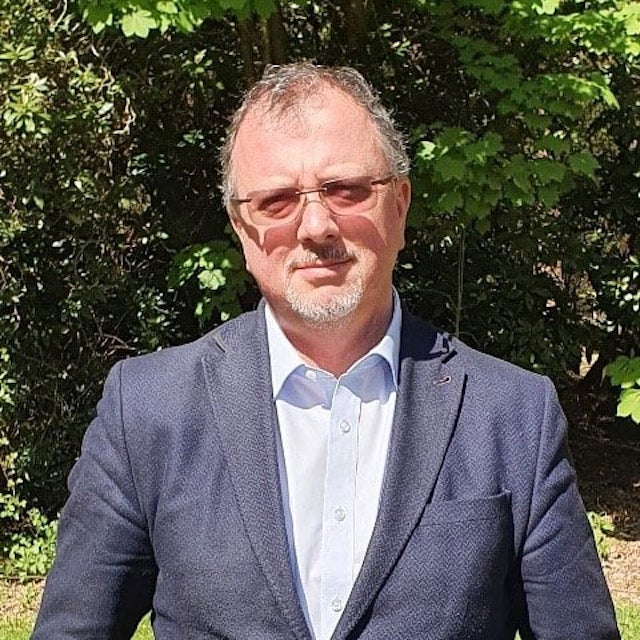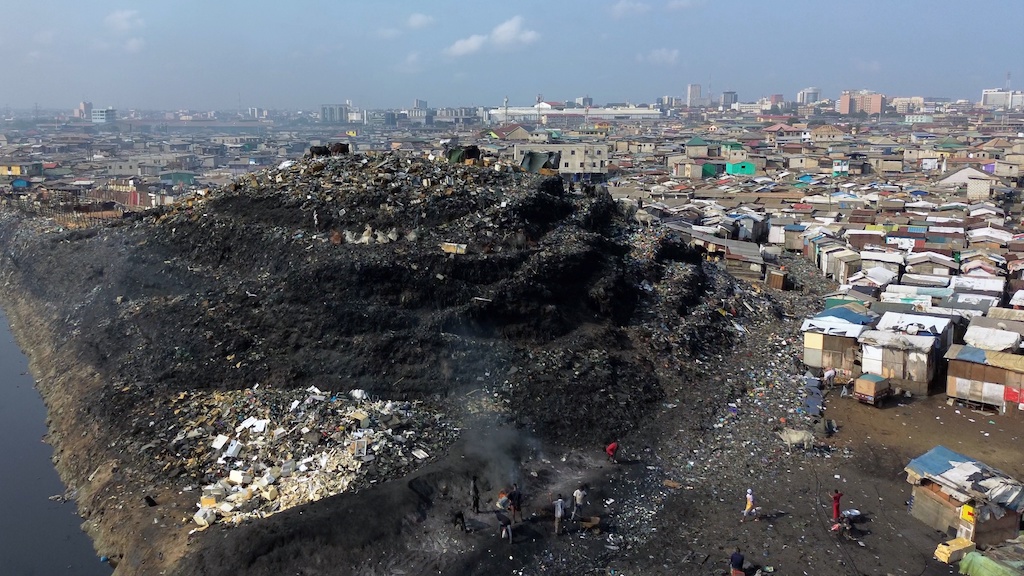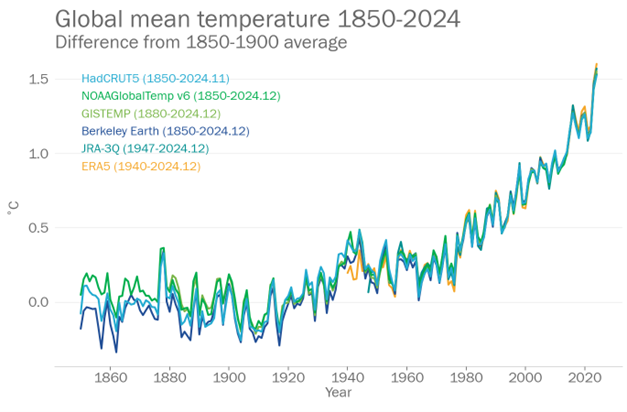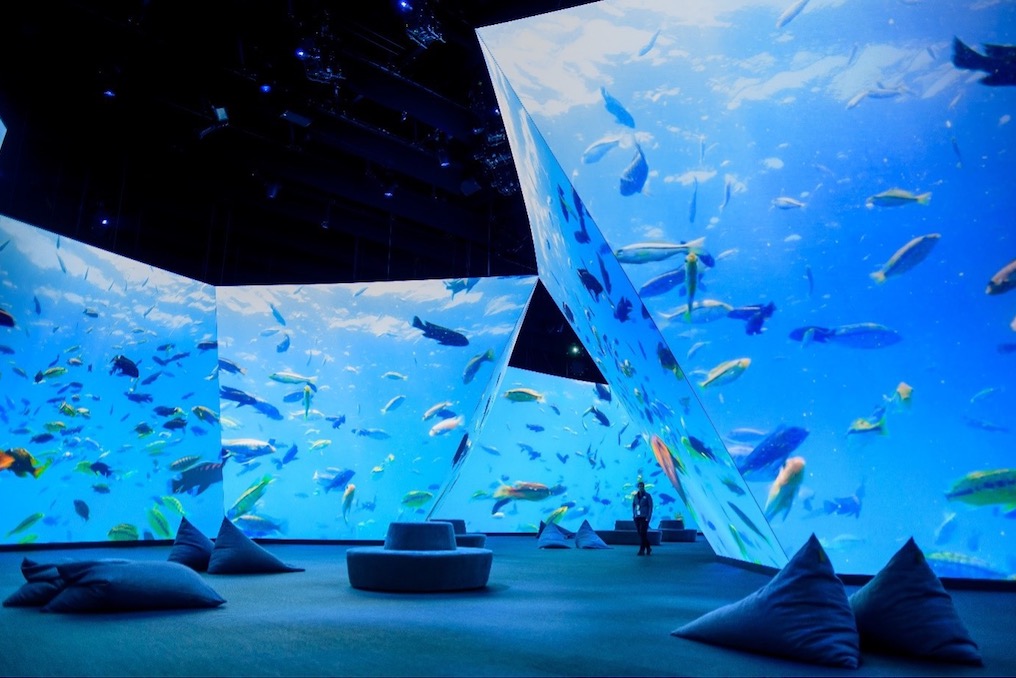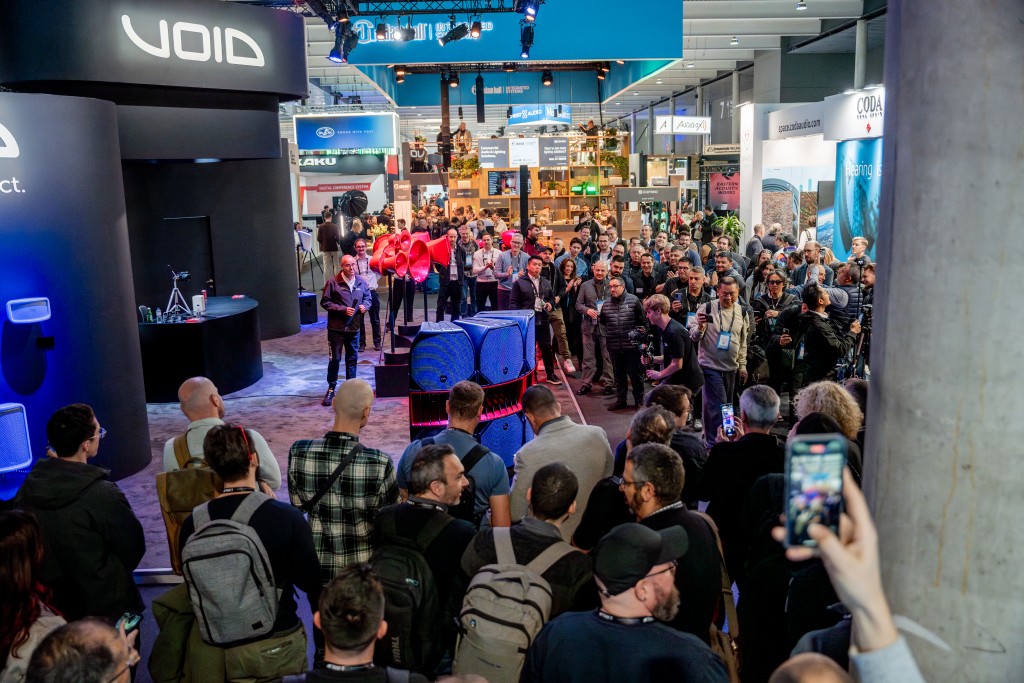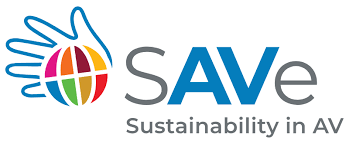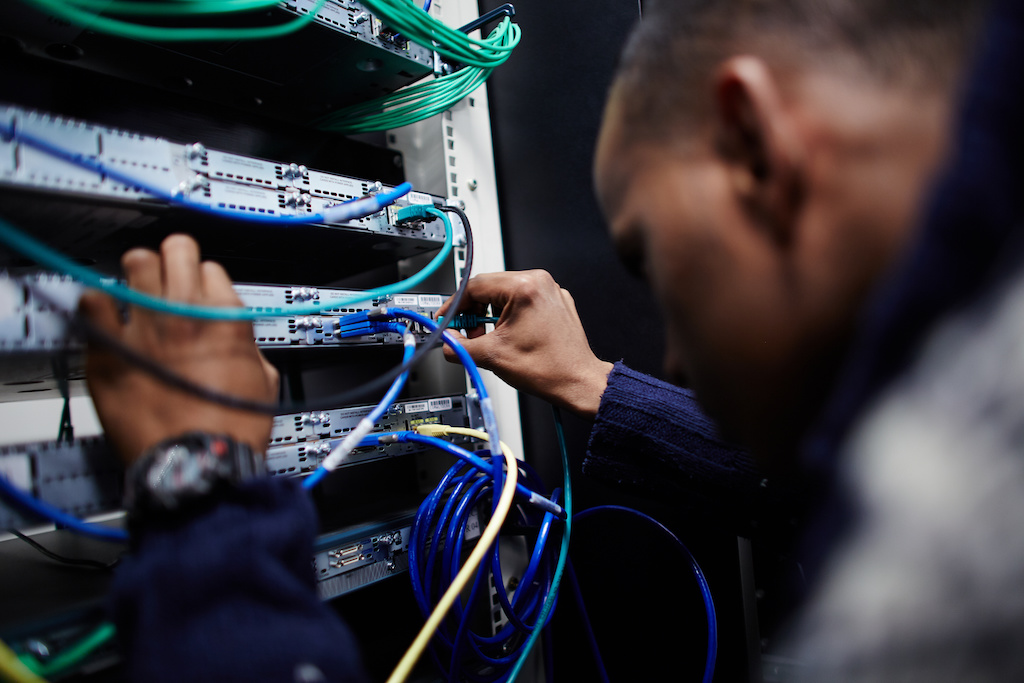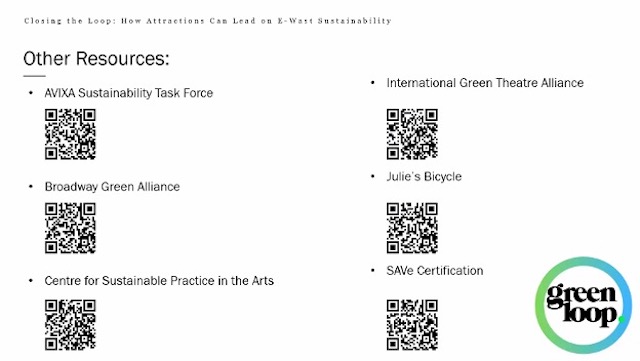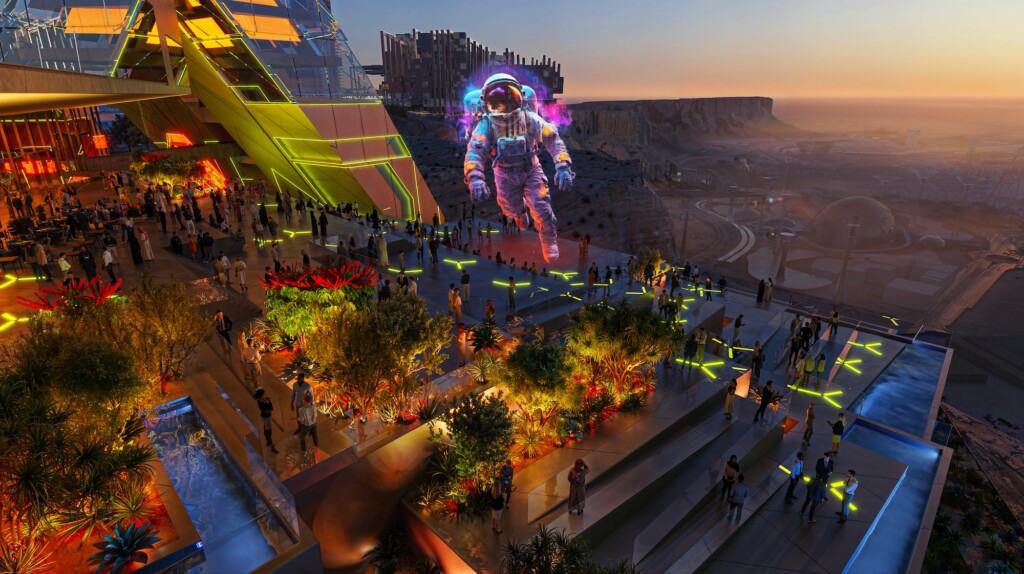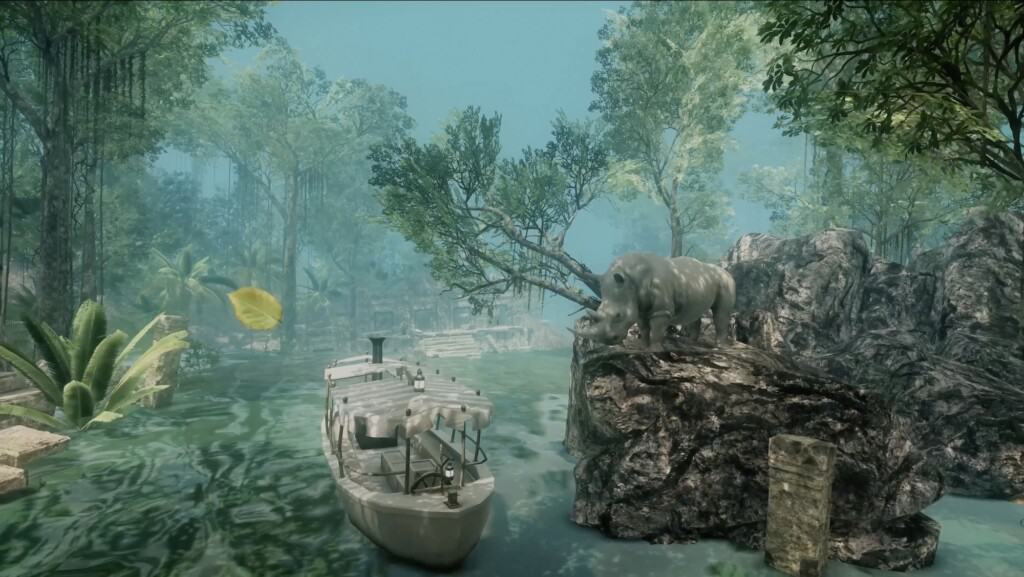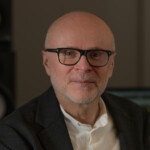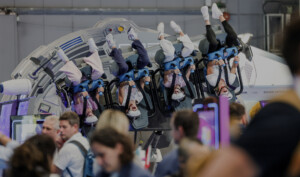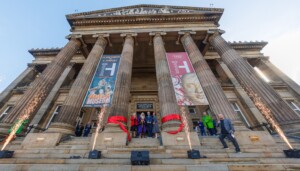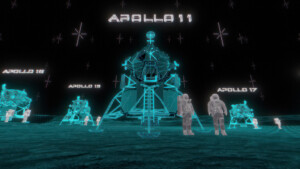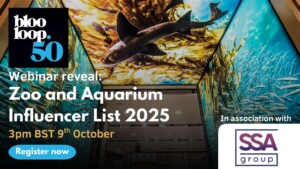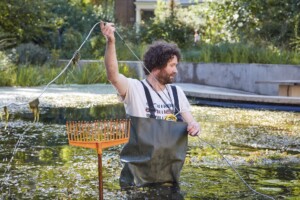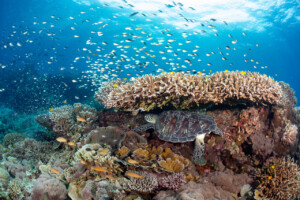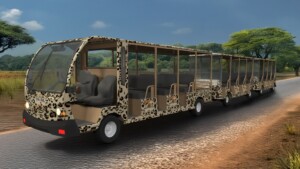A growing issue in the AV industry is e-waste, and there is a real need for this sector to bring in more sustainable practices.
Raymond Kent, COO, executive vice president, Red Dragon Arts, LLC, speaks with Martin Howe, CEO of Dapper Labs Ltd and chairman at Teq4, exploring greener ways of thinking about AV within visitor attractions, such as Smart AV and a 360-degree lifecycle approach.
The discussion examines ways organisations can mitigate the impact of AV, for example, by reviewing procurement practices, design, and infrastructure planning.
In addition to being a pollution issue, e-waste also presents opportunities for repair and reuse models, as well as “urban mining” of rare earth metals. Do other sectors do better at reuse? How can we collaborate to minimise our environmental impact?
Meet the experts
Raymond Kent, ASTC, Assoc. AIA is an award-winning, globally renowned technology consultant specialising in the architecture and engineering sector. He regularly works with world-class clients across multiple industries, advising them on a wide range of issues, including AI, IoT, sustainability, augmented and virtual reality, and many others.
Kent is a member of SAVe, a group of AV industry leaders committed to advancing the UN’s 2030 Sustainable Development Goals, providing information, inspiration and leadership to enable the sector to take meaningful action. SAVe is a 501(c)3 non-profit organisation.
Martin Howe has over 40 years of global experience launching innovative technologies. He leads Teq4, a renowned creative design and systems integration firm that creates immersive attractions blending storytelling and technology.
In addition, Howe is the CEO and co-founder of Dapper Labs Ltd., the company behind Chaperone. This pioneering digital platform transforms how people interact with their environment. Chaperone is a sophisticated, context-aware system that customises out-of-home experiences by providing relevant content precisely when and where people need it.
He also co-founded Brighton AI, a vibrant community of over 1,800 members dedicated to promoting the responsible and impactful deployment of AI.
Why e-waste is a growing issue
Electronic waste, also known as e-waste, is a global issue. The World Health Organization (WHO) highlights that in 2022, an estimated 62 million tonnes were generated worldwide, with only around 20% being properly recycled. This waste stream contains both valuable resources and harmful materials.
Improper recycling practices lead to exposure to toxic substances such as lead, mercury, and cadmium, causing severe neurodevelopmental issues in children and adverse birth outcomes. Despite international efforts, the illegal shipment of e-waste to less developed countries continues.
Kent calls e-waste the ‘invisible footprint’:
“This is a growing issue, one of the fastest-growing global problems, and it’s often overlooked. Less than 20% of electronics are recycled responsibly. This is a massive issue in terms of carbon footprint, pollution, and the depletion of natural resources needed to develop the very technologies that drive themed entertainment and guest engagement.”
A significant amount of this waste ends up in places like Agbogbloshie in Ghana, dubbed the world’s largest e-waste dump.
“Biologists have tested groundwater there and studied the health effects on local populations. This is where six-year-olds are smelting circuit boards over open fire pits. The things we throw away don’t disappear—they end up there.”
Carbon literacy
Part of the challenge is around carbon literacy, he adds:
“This varies depending on where you are globally, and often there’s a real lack of information, understanding, and knowledge. We have to talk about crossing the 1.5°C threshold, beyond which climate change accelerates significantly. The Paris Climate Agreement, the 2030 Challenge, the negotiations—they all aim to prevent that.
“We haven’t missed the mark yet, but we’re getting very close.”
Over the past 12 months, global temperatures have risen 1.5°C above pre-industrial levels. There was a dip during the pandemic, but that was primarily due to the worldwide shutdown. Since then, CO₂ levels have rebounded sharply.
“And when we talk about carbon budgets, carbon footprint is just one part. We have to look at where materials come from, how they impact society through manufacturing, transportation, and use, and then what happens at the end of their lifecycle. All of this impacts the atmosphere, the groundwater, everywhere.”
The information and communications technology (ICT) sector (which includes AV, IT, and show control systems) had a share of global greenhouse-gas emissions ranging between 1.8 to 2.8% in 2020.
“People might say, ‘Well, that’s only 2% of global emissions.’ But 2% is the same as the entire aviation industry. That’s significant.”
A significant portion of the waste from this sector ends up in landfills, the ocean, abandoned basements, or remains unused in storage facilities. “And if we look at entertainment specifically, 28% of global e-waste is tied to this sector—live entertainment, film, sports, museums, themed attractions. It includes AV, performance lighting, theatre tech, and the infrastructure behind all of it.”
AV industry changes its approach to e-waste
As immersive environments become more commonplace—because that’s what people experience in their everyday lives—our industry responds with increasingly sophisticated technology.
“Then we add AI, which requires even more infrastructure to manage, further accelerating the e-waste crisis, says Kent.
The industry, however, is trying to change. “Some past efforts have had varying levels of success, but each has laid a stepping stone. They’ve helped us move forward.
“Starting in 2012, through what was then InfoComm—now AVIXA—as an industry, we took on a challenge through STEP, the Sustainable Technology Environments Program. We launched the STEP Foundation and developed a rating system as a companion to LEED, focusing primarily on plug load.”
“In partnership with BICSI, CompTIA, TIA, and other ICT industries, we created a framework that looked at sustainability from design through integration to operations—a 360-degree lens and a clear roadmap.”
Although AVIXA eventually shelved the programme for various reasons, it laid the foundation for future progress.
“Around that same time, we also had the International Green Construction Code, which was the first time we had codified language addressing plug load and ICT. While it wasn’t widely adopted by municipalities, it eventually got rolled into ASHRAE 189.1 and became a requirement under LEED v4.0.
“That was significant—it meant that if you were pursuing LEED certification and complying with ASHRAE 189.1, you had to address plug load. For the first time, we had real regulatory teeth to manage energy consumption beyond just building systems, including mechanical, electrical, acoustics, daylighting, and now plug load as well.”
More conversations about sustainability
Still, adoption across municipalities, especially in the US, has been inconsistent.
“There’s a continued push to gain traction and drive awareness, and there’s been some success,” says Kent. “In 2019, the events industry stepped up and looked at sustainability frameworks through the lens of the UN Sustainable Development Goals (SDGs) from the Paris Climate Agreement.”
It began developing ISO standards and certifications to align with these goals, particularly in areas such as AV and production usage, plug load, and how trade show manufacturers can build and reuse booths more sustainably.
“For example, in February, I was at Integrated Systems Europe in Barcelona—a very tech- and energy-intensive show—and sustainability was a big conversation. How do we recycle more? Buy carbon offsets? Encourage more sustainable manufacturing? These are questions being asked more frequently, and the impact of exhibitions on carbon footprint is receiving growing attention.”
In 2022, the Sustainable Events Professional Certificate was launched and has been widely embraced by many in the events industry.
“AVIXA also relaunched its Green AV Task Force, and we’re now redeveloping international design guidelines around what sustainable AV design actually means.
“We’re working to bridge industry gaps, align with global regulations, and provide education. I’ve been in meetings with AVIXA’s Sustainable Advisory Committee and subgroups focused on design guidelines and messaging for InfoComm in Orlando and other global InfoComm events.”
The AVIXA Exchange on Sustainability
The AVIXA Exchange on Sustainability has also launched and gained significant traction.
“It spans design, integration, operations, and end-user perspectives—providing consultants like myself with resources and the ability to collaborate with manufacturers through the Manufacturing Council to develop sustainable AV systems,” says Kent.
“Creating best practice guidelines and training opportunities is only the first step. We need to partner with end users to ensure alignment with broader goals—profitability, operational efficiency, employee and guest satisfaction—all within a triple-bottom-line framework of people, profit, and planet.”
Raymond KentWe need to partner with end users to ensure alignment with broader goals—profitability, operational efficiency, employee and guest satisfaction—all within a triple-bottom-line framework of people, profit, and planet.
There has also been a significant increase in global regulation, particularly in the EU, with initiatives such as the Digital Services Act, the Audiovisual Media Services Directive, and the European Green Deal.
“Many of the manufacturers in our industry are global and are not just complying with these initiatives, they’re embracing them proactively. This sets a global standard that benefits us all. Even in the US, we can now design and implement systems that meet these higher sustainability goals, helping our clients become more energy-efficient and reduce their carbon footprint.”
All of this connects back to the UN’s 17 Sustainable Development Goals.
“While we often focus on Goal 12, Responsible Consumption and Production, they’re all interconnected. Through a 360-degree view, you can see how product design, implementation, and sustainability efforts map across the SDGs.”
SAVe
“Additionally, I sit on the board of a new international nonprofit called SAVe—Sustainability in AV,” adds Kent.
This is an independent, volunteer-driven organisation with ambassadors worldwide, from Australia to the EU, Asia, Africa, Latin America, and North America. “Our mission is to align the AV industry with the UN SDGs, and we collaborate with organisations like AVIXA, Integrated Systems Europe, and greenloop to bring this message forward.
“SAVe is rooted in community, and we’re always looking for like-minded individuals. If you’re interested, visit saveav.org.”
“We want to look at the current approach to how we think about audiovisual systems—just as one example—and this really applies to many different kinds of technology that go into themed attractions, live entertainment, museums, and similar environments.
“Our typical process is to assess existing conditions, conduct a needs assessment, consider infrastructure and integration design, then move from bid to procurement, installation, commissioning, maintenance, operations, and ultimately end-of-life. Or, in the case of museums, when exhibits are rotated or updated.”
Thinking smarter about e-waste
For example, Kent explains, he recently worked on a $150 million museum renovation project, which was net zero and LEED Platinum, where the team challenged the traditional design process across lighting, building systems, and AV.
“We asked: what if we thought about this differently?
“That means smart AV systems, smart controls, optimised cabling, and the right application of technology. Can we put systems into sleep mode or shut down equipment entirely using Wake-on-LAN or similar protocols, so we’re not constantly burning energy when no one is in the room? And during peak visitor times, can we ramp systems up and then back down to reduce load? How do we tie that into HVAC, lighting, scenic elements, and other automated systems?”
“Then we step back and think about this from a 360-degree lifecycle perspective. How is the equipment manufactured? Can we design responsibly across the entire lifecycle, from installation to operation and end-of-life? What happens to the gear after it’s removed?”
There are organisations like SAVe, with programs like SAVe: Second Life, that work with companies to repurpose gently used tech by donating it to NGOs and nonprofits. That keeps gear out of the waste stream and extends its value.
On the materials side, copper mining is incredibly energy-intensive.
“We use a lot of copper in cabling and internal components. So, how do we source reclaimed copper? How do we address the waste stream from mining? Can we encourage manufacturers to find alternative sourcing methods?”
Longer-life technology
Then there is endpoint devices and the circular economy:
“What does long-life technology look like compared to frequent upgrades? Can we design with the right to repair in mind? That’s a major topic in the US and globally,” says Kent. “Instead of tossing broken gear, can we repair it? Can we work with manufacturers to enable component-level repairs or open up business models that make it easier for others to repair these devices?”
Infrastructure matters, too. Cable mining, future-proofing for upgrades, and the miles of abandoned cable in facilities are all concerns, especially as copper becomes scarcer.
“I once sat on a panel with a NASA engineer whose job was to figure out how to mine space junk. He found that 70% of the world’s raw materials aren’t just in mines—they’re in space, the ocean, landfills, basements, and corporate back rooms. We’re also facing shortages of silica and cobalt, and many critical resources originate from geopolitically sensitive regions. So what happens when those run out?
“We need to rethink how we source, build, and deploy technology in order to maintain the immersive environments we depend on, from themed attractions to smartphones and laptops.”
Transforming how experiences are delivered
SAVe has created a guide to sustainable AV, which includes a set of ‘playing cards’ that help clients think through their carbon budgets.
“We divide the system into nine topics across three categories: materials, end-use, and infrastructure. We talk about plastics, minerals, and metals; personal, portable, and installed devices; and the visible, hidden, and invisible infrastructure, like wireless systems.”
From there, the organisation works with clients to determine how to reduce or avoid certain materials and shift thinking.
“This isn’t just about minimising carbon. It’s about transforming how we design and deliver experiences. I also work in accessibility, and I often ask: does it have to be a stair, or can it be a ramp? Everyone can use a ramp. So, how do we build ramps in the technology space—solutions that offer better flexibility, lower carbon costs, and still meet project goals?
“Often, it’s less expensive, uses fewer resources, and delivers better results.”
Martin Howe re SAVe’s Guide to Sustainable AV Design and InstallationI’m very confident that within a week, we’ll be doing things differently. I’m very confident of that because these aren’t difficult things to do. We do far more difficult things, frankly, and this isn’t. So it’s about mindset.
These conversations need to be had across the entire themed entertainment ecosystem—not just within silos.
“Once we do that, we’ll see more opportunities. A true 360-degree approach helps shape a powerful message, reduces operating costs, boosts employee and guest satisfaction, and improves profitability, just by rethinking the problem.”
Some notable resources include the AVIXA Sustainability Task Force, the Broadway Green Alliance, the Centre for Sustainable Practice in the Arts, the International Green Theatre Alliance, Julie’s Bicycle in the UK, and SAVe.
“These are the kinds of partnerships and frameworks we continue to build on.”
Using the right technology
Howe shares his thoughts on the topic, before posing some questions for Kent.
“First, without even consciously trying, I know that over the past five to ten years, we’ve started doing things far more sustainably than we ever have. For example, we’re working on some large projects in Saudi Arabia. Now, that in itself isn’t inherently sustainable—we’re still moving goods from all over the world—but what has changed is how we manage the project.
“Over the course of three to four years, we’ve only needed to visit the site once. We’ve been able to do nearly everything remotely, whereas ten years ago, that would have involved multiple flights, site visits, and far more travel.”
The type of technology that Howe and his teams are using also plays a part, he adds:
“We’re deploying energy-efficient devices, not because we set out with a sustainability goal, but because they’re simply the right tools for the job, and, probably, because manufacturers are incentivised to develop more efficient products.
“We’re using solid-state projection, with compact, high-performance PCs placed near the displays, instead of relying on large, noisy racks full of power-hungry equipment.”
Furthermore, all of the software has been developed and delivered remotely using a digital twin. “We built a full virtual replica of the client’s environment and were able to test and integrate everything without travel. In a way, technology itself is helping us work more sustainably. But it does make me wonder: what more could we be doing?”
Can AI help with the e-waste problem?
How can AI help?
“We recently had the UK Secretary of State for Science, Innovation and Technology visit as part of our AI group,” says Howe.
“When asked whether AI is too energy-intensive to be truly sustainable, he responded that yes, it is right now, but the better approach is to push through this phase and into a more efficient future. That might mean AI running in data centres powered by local, small-scale nuclear plants, which could reduce the environmental burden.”
The thinking is that the long-term benefits of AI tools, what they can enable us to do, will outweigh the short-term costs.
“AI is already making a significant difference. We use AI in almost every part of our business, including marketing, design, software, and everyday thinking.”
“I’m sure it would be more efficient for me to ask an AI assistant, ‘How can I make this project more sustainable?’ and get answers in a few hours, rather than spend months flying around, meeting experts, and collecting that same knowledge.
“I can’t say for certain, but that’s my strong sense, and in practice, it’s what we’re already doing. We’re more effective, which probably also means we’re more cost-effective—and more sustainably effective—because of it.”
“The third thought that’s really struck me in this conversation is the importance of demand-side pressure. It’s likely better for customers and operators in the supply chain to make sustainability an imperative. To say: ‘We want you to be better at this. Show us how you’re going to design and deliver your systems more sustainably.’
“If that were a formal requirement, we would put even more effort into it. We already plan to, based on conversations like this. However, if clients across the board requested that kind of accountability, the entire supply chain would respond.”
Martin HoweIf clients across the board requested that kind of accountability, the entire supply chain would respond.
A more effective approach
Kent agrees that AI has the potential to make a real difference:
“Take e-waste, for example. AI, especially with optical recognition and machine learning, can significantly improve how we manage the disassembly of technology at the end of its life.
“Right now, that’s often a manual, labour-intensive, and energy-intensive process. But with AI, machines can recognise very small components and carefully disassemble and recycle them, far more effectively than humans can. That’s a much better alternative than, say, a six-year-old smelting parts over an open fire.”
There are energy concerns with the larger AI platforms, which require massive server farms. “When people say, ‘I’m doing cloud computing,’ they often think they’re being energy efficient, without realising that cloud computing means huge server centres somewhere consuming a ton of energy. It’s not in your building, but it’s still happening.”
See also: Technology solutions for sustainable attractions
Digital twins
However, if we utilise AI to address problems like e-waste, there’s considerable promise:
“There are companies already exploring that. I recently wrote an article on the use of AI, drones, and camera technology during construction administration. It’s about tying into the digital twin, doing clash detection, reducing change orders, limiting material overruns, improving schedules, preventing cost overruns, and, importantly, reducing the need for travel.”
“My projects are global. I can’t just hop on a plane to Shanghai, the UK, or the Middle East whenever I need to do a site walk. But if I can use AI and camera technology effectively, I can dramatically offset the carbon footprint of that travel and still manage the project just as well.”
There’s also huge potential in using closed-loop models from past projects.
“Rather than relying on vast, external AI datasets, we can use our own to inform more efficient designs,’ says Kent. “That means sourcing sustainable products, making better design decisions, documenting them efficiently, and delivering them clearly to construction managers—all with AI helping to manage that process more effectively than humans can.
“That’s where I think the real value is.”
Finding new solutions for the e-waste problem
Howe brings in another example: tracking the operating environment.
“We’re already doing it as a requirement on projects we’re delivering, but what’s interesting is how we can combine those requirements and use a similar solution to achieve multiple goals.”
For instance, systems with cameras or people-tracking technology in a space can enhance the visitor experience, helping tailor the journey, deliver the right content in the right place at the right time, for the right people. “That’s becoming a standard part of many projects we work on, and we—and others—have solutions for that kind of approach.”
Martin HoweThe technology is there. It’s not a limitation of capability, it’s a matter of priority and imperative.
“But the key is: you can use exactly the same technology, software, and equipment to make the building or facility operate more sustainably, too—by turning systems off or down when they’re not needed.
“The technology is there. It’s not a limitation of capability, it’s a matter of priority and imperative. If more weight is placed on designing and installing systems in a more sustainable manner, the industry will respond.
“We’ve always found solutions to new challenges.”
It’s a reframing of the problem, agrees Kent:
“Even if a client might not have all the information about what it means to design something sustainably, when you have the conversation with them and understand what their priorities are, I think you can align things that meet those objectives.
“They might not have the vernacular to think about what’s ‘sustainable,’ but the opportunities are there. You can go through that journey with them and achieve their goals while being sustainable at the same time.
“And in the end, you’re giving them a great social story to tell: ‘We met your objectives, and, by the way, we also lowered your carbon footprint and delivered something more sustainable.’ And that story isn’t greenwashing—it’s been thoughtfully executed.”
$billions opportunities in e-waste recycling
With the huge amount of e-waste being generated, and the high demand for and value of the materials it contains, there is massive potential for recycling businesses to step in.
Kent says: “We’re on target to generate 90 million metric tons of e-waste this year. That’s a staggering number and only 20% of that will be responsibly recycled.”
Challenges include finding manufacturers who will support used gear. And also clients who will accept and drive the demand for sustainable practices.
Howe agrees: “The used AV market must be worth billions of dollars. Hundreds of thousands of tons of equipment needs a home so it doesn’t end up at the bottom of the sea.
“But if the creative, skilful people that this industry is packed with put their minds to it, we will make better strides forward, including the recycling and reuse. That should be low-hanging fruit, shouldn’t it?”
Martin Howe“But if the creative, skilful people that this industry is packed with put their minds to it, we will make better strides forward, including the recycling and reuse. That should be low-hanging fruit, shouldn’t it?”
Insights from greenloop 2025
This conversation on e-waste was part of greenloop 2025, blooloop’s annual online conference for sustainability in visitor attractions, which took place on 13 &14 May 2025. Reaching its fifth edition this year, the event aims to inform and inspire with top speakers, cutting-edge science, and practical insights.
The event is available to watch on demand. (Attendees, you can view for free – watch out for the code in your email or contact [email protected])

